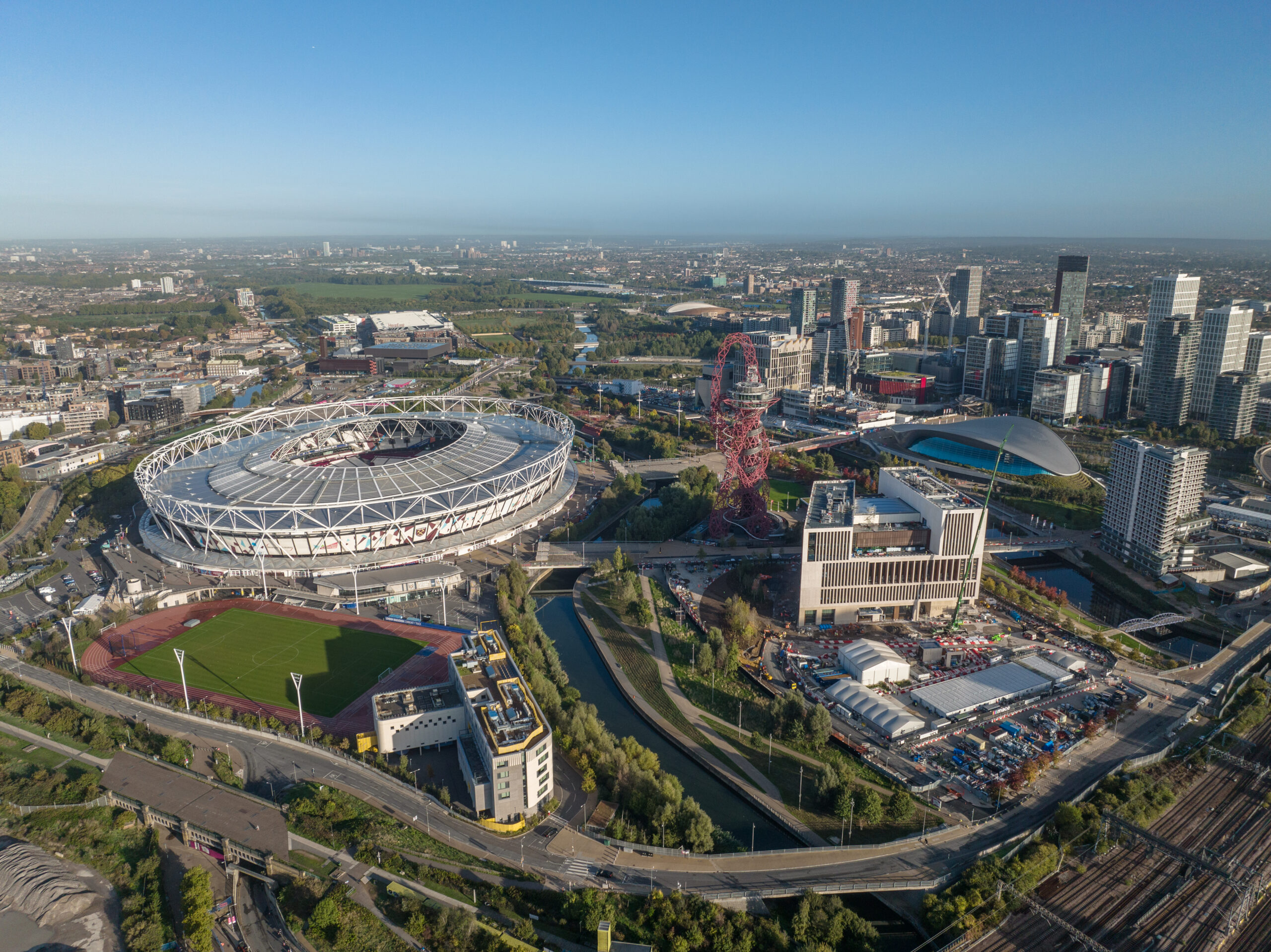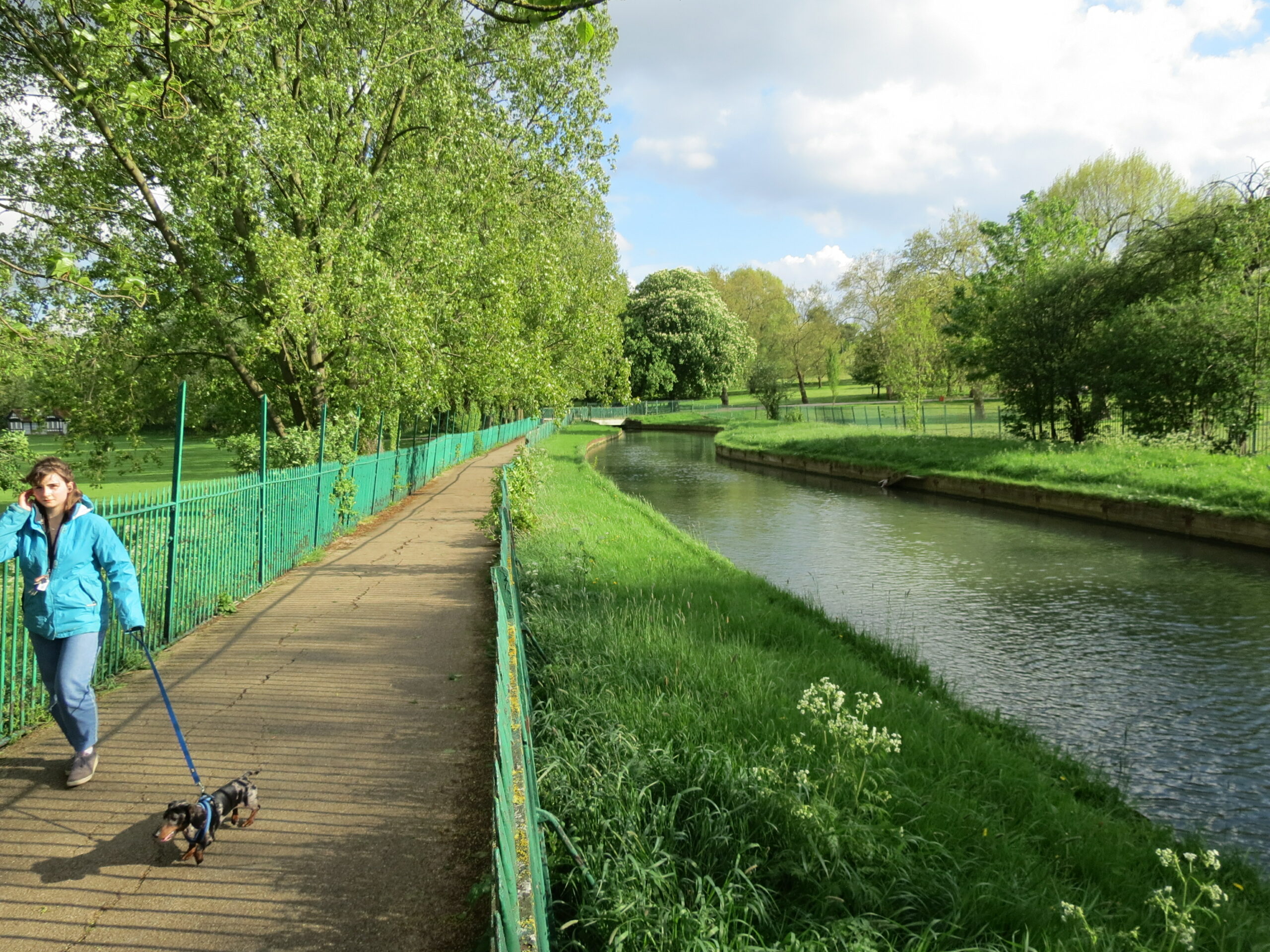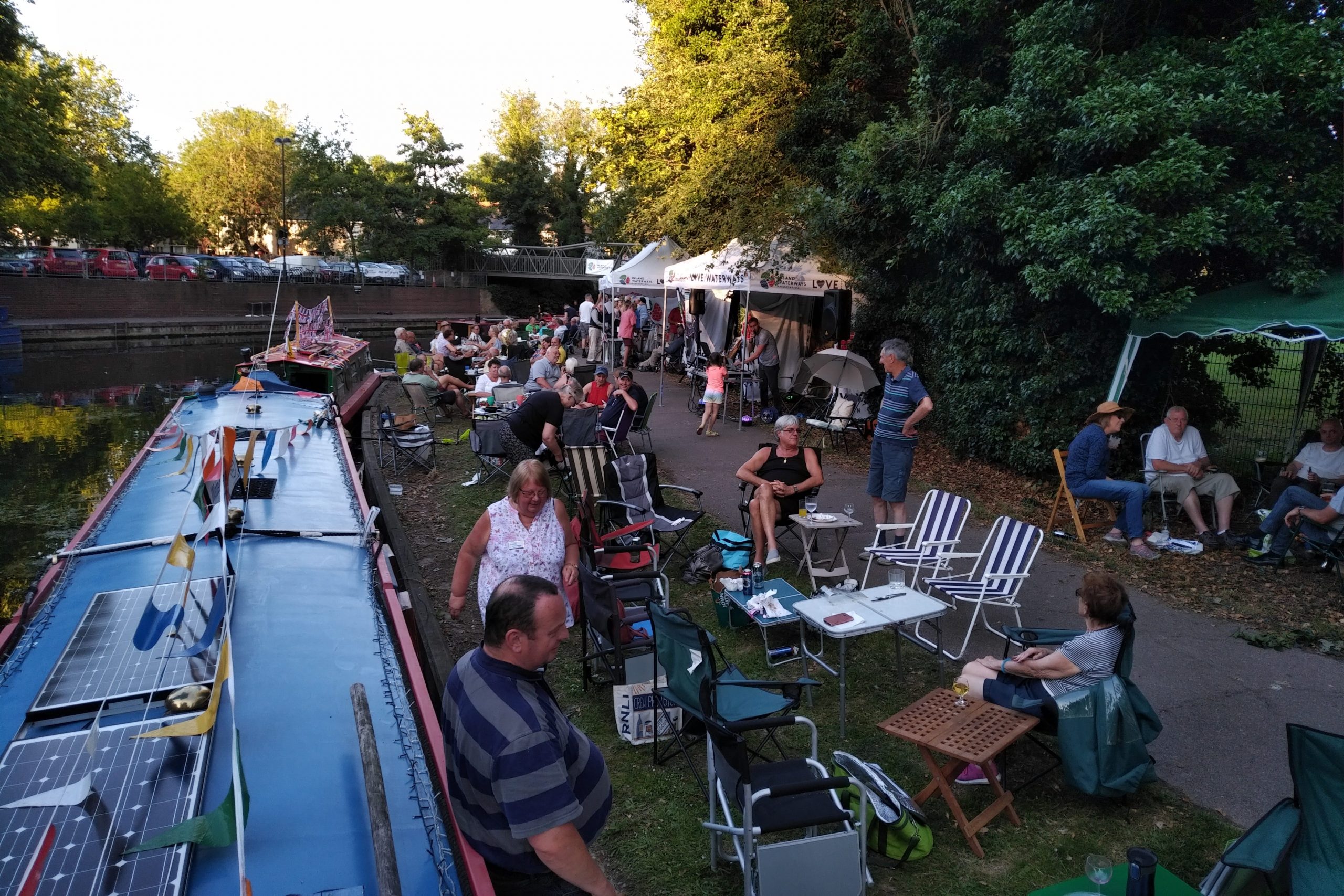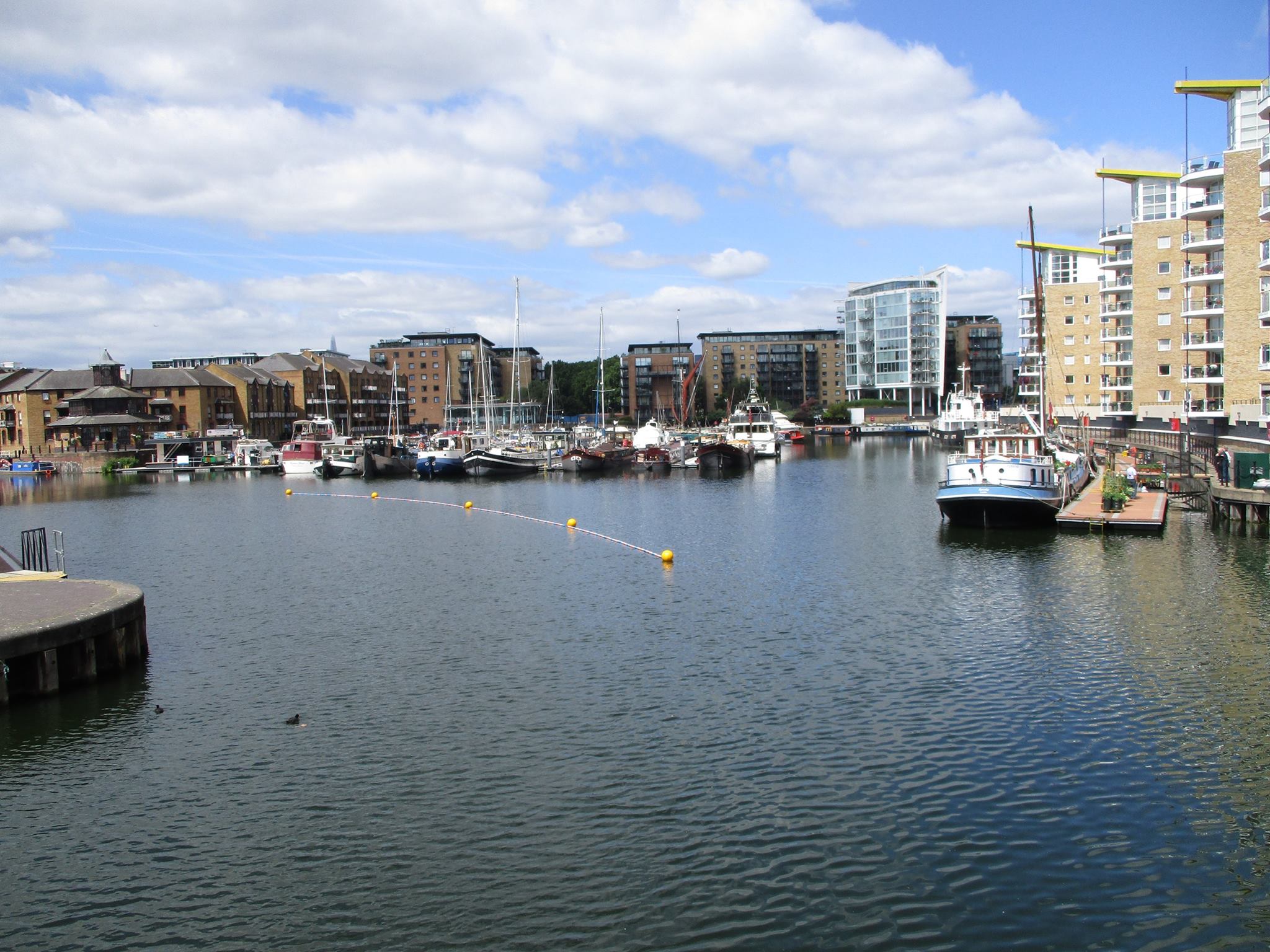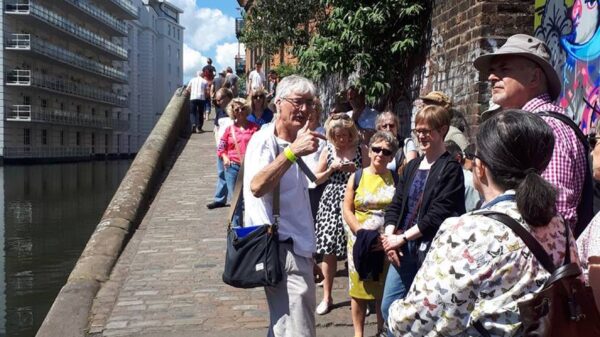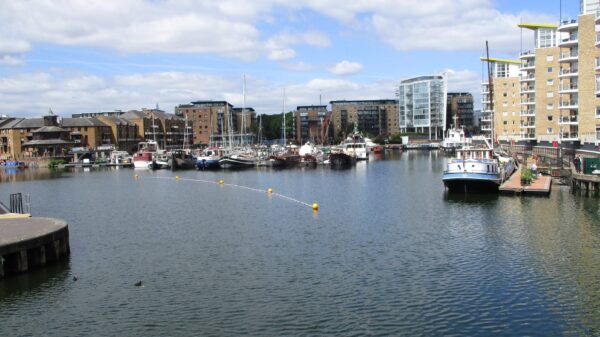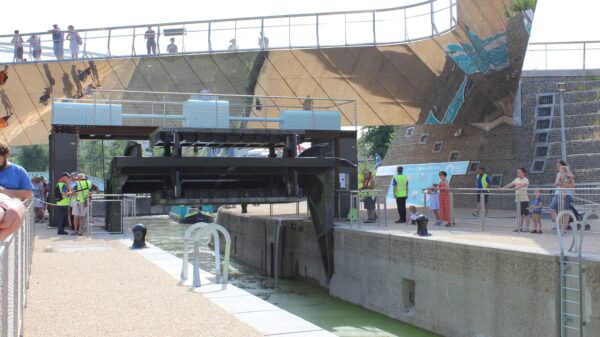From the River Thames to Hertford and Bishops Stortford
Bow Creek (the original tidal outlet of the Lee) joins the Navigation at Three Mills and joins the tidal Thames at Barking Road Bridge, after 1.3 miles (2.0 km) and Bow Locks.
There is also a network of Bow Back Rivers, restored as part of the 2012 Olympics site, which connect to the Navigation above Three Mills. With the reopening of Carpenter’s Road Lock in 2017 the waterways are now navigable and passage can be booked through Canal & River Trust.
The Lee was an important waterway from Saxon times. About 1190, the Abbot of Waltham was permitted to make a cut to improve the navigation. In 1424 and 1430, it became subject to the very first Acts for the navigational improvement of any river. More improvements were made in the eighteenth century, which furthered the development of industry along the route. The Lee also provided an important supply of water to London.

